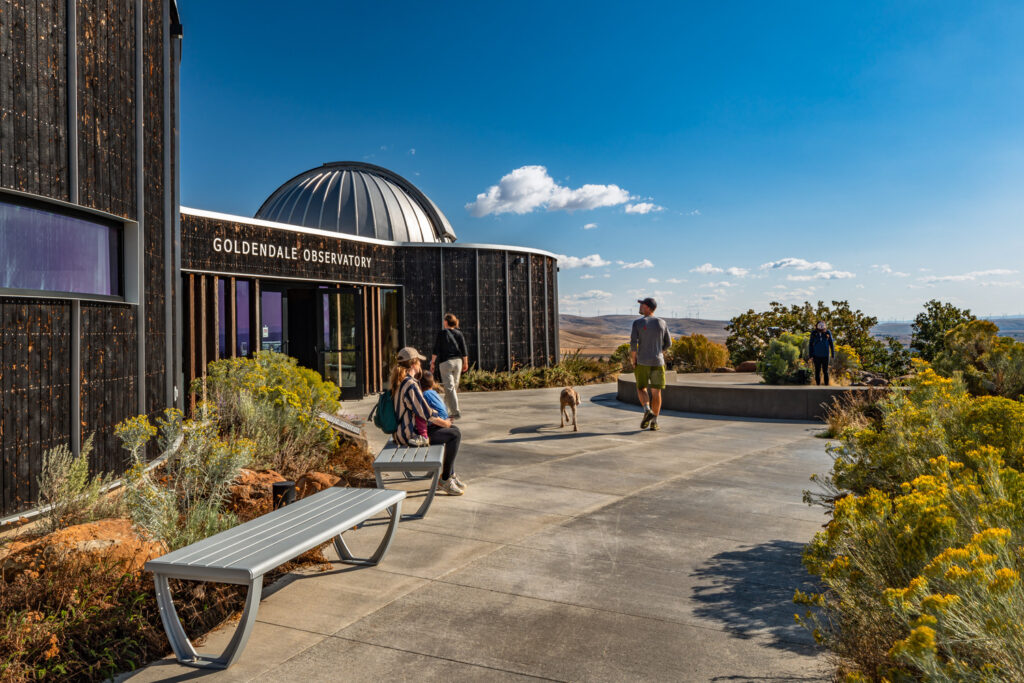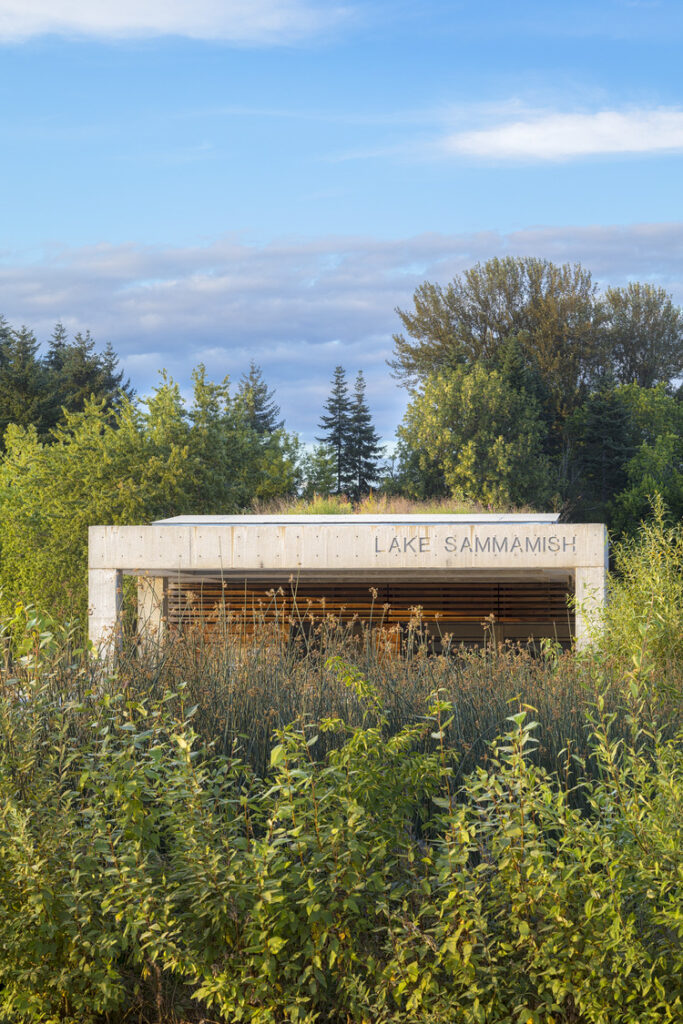Making landscapes memorable
Cultivating a close connection between the natural and curated planted environment and park architecture is as essential as blurring the boundaries between them.

This article was originally published by the Seattle DJC. Read it here.
EHDD has been working in close collaboration with communities, public agencies and our design partners on notable landscape projects across the Northwest for the past 20 years. As the design lead for these projects, I set out with one clear goal when working with clients and communities on their beloved parks: to create a memorable landscape.
We have found that simple, iconic forms, constructed of locally sourced materials, resonate with our special Pacific Northwest environments, especially in park settings. Memorable landscapes result from a close connection between the natural and curated planted environment of a park and the park architecture; we constantly strive to blur those boundaries to create a cohesive experience.
A particular specialty of EHDD is working on waterfront parks in the Northwest. These complex sites involve layers of environmental regulation and restoration, as well as the rehabilitation of the most memorable public spaces linking our cities to Puget Sound. From Percival Landing in Olympia to Juanita Beach Park in Kirkland, EHDD’s waterfront park teams have been fortunate to collaborate with local communities to create these memorable landscapes.
We have two distinct points of departure in our design process. First, we are committed to utilizing locally sourced materials in our parks projects. This strategy greatly reduces the carbon footprint of the project. When sourced from sustainable forests, locally sourced wood materials not only avoid carbon emissions from cross-continental shipping, but also have a climate positive impact by storing carbon in the wood.
Economically, this practice supports local jobs and trade economies. Even in places where these trades are struggling, the choice to use local trades whenever possible will boost those economies over time.
It also makes sense from the owner’s point of view: While costs may be comparable to other building materials, prefabricated wood solutions like cross laminated timber (CLT) can save money by shortening construction time. Utilizing Pacific Northwest wood products supports our local and regional economies while at the same time integrating the structures with our environment.
The Bathhouse at Juanita Beach is clad in locally sourced cedar with a natural finish which weathers over time. The picnic shelters are constructed of CLT panels (think of large, solid wood panels, layered to form large structural elements that can span twelve to sixteen feet between supports) which are also locally sourced.

Our parks projects have also featured prefabrication strategies that greatly reduce the duration of construction, allowing the parks projects to open during the peak summer season. We have utilized prefabricated CLT panels at the recently completed Lake Sammamish State Park and at Juanita Beach Park. The use of these prefabricated, locally sourced wood elements is also a demonstration for the general public to see how these new building technologies can be utilized to create healthy, environmentally integrated structures in our communities. In my practice, I’ve found that locally sourced wood brings a unique warmth and character to buildings, grounding them in their specific landscapes. Whether it’s a building in the rolling hills of Goldendale or along the vibrant shores of Seattle, local materials anchor a structure in its setting, creating a special sense of space.
Second, when designing park projects, EHDD curates the visitor experience by integrating and coordinating the landscape architecture, architecture and the interpretive design content. By bringing the full design team together at the beginning of the project to work with the client and the community, we can intertwine landscape concepts with architectural concepts and strengthen those relationships with the interpretive story. This results in richer, layered environments and a more authentic visitor experience.

We are constantly working at blurring the boundaries between the built environment and the natural environment. At Goldendale Observatory State Park, it was important for the operational needs of the park to provide a self-guided visitor experience in tandem with the staffed park programming. Working with Walker Macy, the landscape architect, and C&G, the interpretive designer, EHDD developed pathways around the observatory building that visitors can explore upon arrival and between park programs. These landscape journeys provide views of Mt. Hood, the Columbia River Valley and the surrounding mountains. Interpretive content along the pathways describes the surrounding environment and introduces themes that are presented in more detail inside the observatory.
By integrating the design team, featuring locally sourced materials, and implementing prefabricated construction techniques, we can achieve a sense of wonder and that “ah-ha” moment that enhances our favorite Pacific Northwest environments.